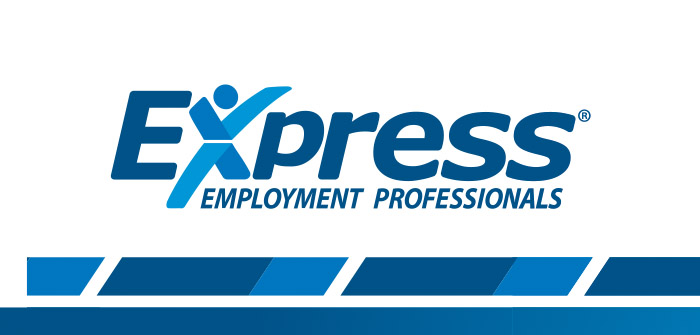Source: Express Employment Professionals, Refresh Leadership Blog
The labor force is incredibly diverse, full of unique individuals with their own outlooks, beliefs, managerial preferences, and career aspirations.
It should come as no surprise, then, that different employees prefer different training programs.
In fact, according to go2HR, 40% of employees who receive what they perceive as poor training leave their positions within the first year. But what one person sees as poor training might be excellent for another.
In recent polls put out by Job Journey, the Express Employment Professionals blog for job seekers, and Refresh leadership, the Express blog for business leaders, readers were asked what type of on-the-job training they preferred/provided.
Just under 20 percent of employees preferred a “Formal employee training program,” whereas only 11 percent of employers provided such a program.
16 percent of jobseekers opted to choose “Mentorship,” which only 12 percent of employers offered.
“Supervisors/managers train employees” was the most prevalent choice among employers, at 23 percent, which was prioritized by just 16 percent of job seekers.
17 percent of employers encourage “Self-guided training (employees learn on their own).” Only 8 percent of job seekers want this type of training.
In summary, there’s a clear mismatch between the types of training employers provide and the types of training employees need to thrive. In a perfect world, every employee would be able to choose how they were trained. If this isn’t possible for your company, consider allowing each individual department to train employees in a unique way.
For instance, the accounting department might prefer to be trained by their managers, while marketing professionals want mentorships. A formal employee training program could work for warehouse workers, while computer programmers may want to learn on their own. Reach out to your workers and find what type of training truly makes them thrive, then provide that.
Disengaged employees are less productive. If you’re using the wrong type of training with an employee, they might view their training as a waste of time. Someone who prefers setting their own goals with self-guided training might already have taught themselves everything their manager is trying to teach them, resulting in lost productivity for both the employee and their manager.
But that doesn’t mean employees hate training. A study put out by the Middlesex University for Work Based Learning (and reported on by Your Training Edge) states that 74% of participants list a lack of training as the main reason for not achieving their potential at work.
Figuring out what type of training your employees prefer can be as easy as sending out a survey and aggregating their responses. Hold manager meetings to discuss the results, and give department heads free rein to design their own training programs and standards. Eventually, you’ll discover what works and what doesn’t, and your company will be all the better for it.

